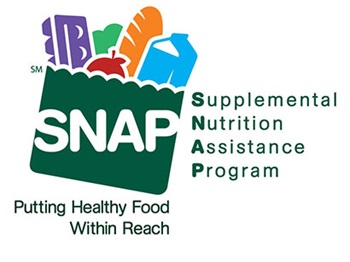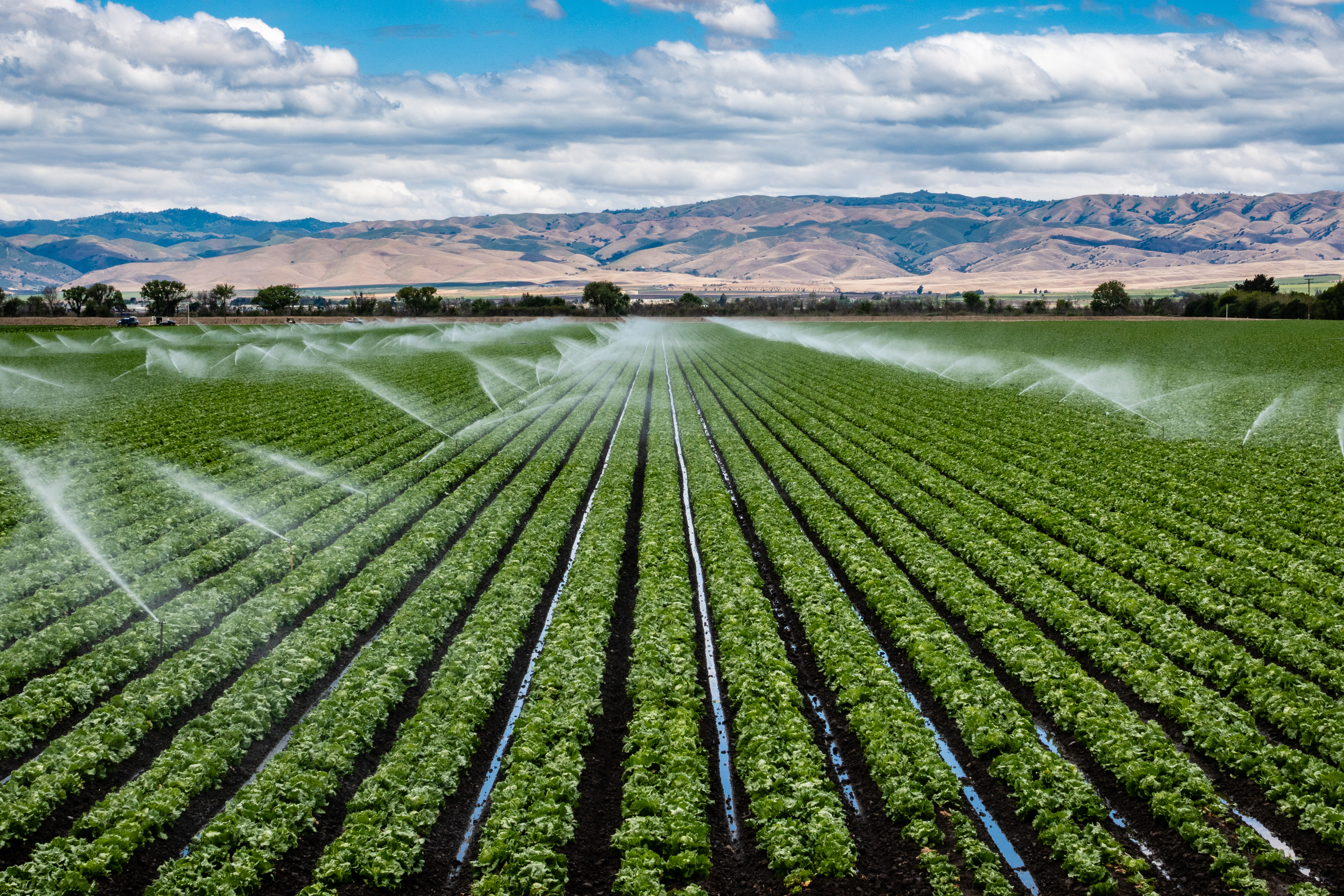By: Hannah Walker, VP, Political Affairs, FMI and Elizabeth Tansing, Senior Director, State Government Relations, FMI
 Earlier this month, the United States Department of Agriculture (USDA) issued a final rule, which makes changes to the waiver process for the Supplemental Nutrition Assistance Program’s (SNAP) work requirements for Able-Bodied Adults Without Dependents (ABAWD), defined by federal law as individuals between the ages of 18 to 49 able to work and with no dependents.
Earlier this month, the United States Department of Agriculture (USDA) issued a final rule, which makes changes to the waiver process for the Supplemental Nutrition Assistance Program’s (SNAP) work requirements for Able-Bodied Adults Without Dependents (ABAWD), defined by federal law as individuals between the ages of 18 to 49 able to work and with no dependents.
An ABAWD may only receive SNAP benefits for three months out of every 36 months, unless the individual meets certain work requirements. Federal law requires these individuals to work a minimum of 80 hours per month to qualify for SNAP benefits beyond the three months in the 36-month timeframe. The work requirement can be filled in a variety of ways, including participating in workforce training.
However, as a safety net, USDA has historically granted work requirement waivers for those individuals living in states that can demonstrate unemployment rates above 10% and/or, a lack of sufficient jobs in their state or within localities in their state. Today, USDA’s new rule tightens this waiver process.
FMI did not submit comments on the proposed rule when it was first released in February 2019, but we have closely followed the process. Since the final rule - SNAP: Requirements for ABAWD - was released, FMI has heard from many of our members trying to better understand the rule and its potential impacts in their service areas. In addition, there have been varying, and sometimes conflicting, media reports, and even voices from both sides of the aisle that either support or oppose the rule.
Below are resources we hope will be helpful to you in better understanding what the final rule does, and in what areas it may create the most impact.
How does the final rule affect state-wide waivers?
First, the final rule generally eliminates state-wide waivers in favor of waivers based on specific geographic areas. (We’ll delve into the definition of “geographic area” further below.)
Second, the final rule only allows a geographic area waiver to work requirements for those individuals in these scenarios:
- An area that has a recent 12-month average unemployment rate over 10%.
- An area that has a 24-month average unemployment rate 20% or higher above the national rate. Additionally, the affected area cannot have lower than 6% unemployment.
How is “geographic area” defined?
The rule makes changes to how “geographic areas” can be defined in order to meet the above criteria. Previously, states had great flexibility in defining areas that could receive waivers. The final rule strictly defines areas for eligibility using the Bureau of Labor Statistics (BLS) Labor Market Areas (LMA) and their corresponding Local Area Unemployment Statistics data (LAUs data). The final rule does acknowledge that all LMAs within a state may qualify for waivers and therefore effectively results in a statewide waiver.
What about time limits on waivers?
The final rule limits waiver duration to 12 months and allows for shorter durations at the state’s request.
What states are impacted?
Currently, four states and territories have statewide waivers while 32 states have partial waivers to specific geographic areas. Finally, 17 states have no current waivers. You can access a list of each state's status here. Using publicly available information, FMI created a guide to the current partial waivers by county/metropolitan area in each state.
How many ABAWD’s are impacted?
According to USDA’s regulatory analysis, 688,000 individuals (in FY 2021) will not meet the work requirement or be otherwise exempt. USDA also says the net reduction in Federal SNAP spending associated with the final rule is approximately $109 million in fiscal year 2020 and $5.48 billion over the five years 2020–2024.
When does the final rule go into effect?
USDA has announced the final rule will take effect on April 1, 2020. On January 16, a group of 15 State’s Attorneys General filed suit against the Administration opposing the final rule. In conjunction with filing the suit, the group also filed a motion for preliminary injunction to prevent the rule from going into effect while it is working its way through the courts. If the injunction is granted, the rule will not go into effect on April 1.What Does the Lawsuit Claim?
The District of Columbia’s Attorney General Racine is a co-leader of the case. The case was filed in the federal district court in D.C. In Racine’s release announcing the lawsuit he argued the final rule:
1.) Contradicts statutory language and Congress’s intent for the food-stamp program: When Congress amended SNAP and added the ABAWD time limit in 1996, it included a waiver process explicitly providing for relief from the time limit if insufficient job opportunities were available for ABAWDs and clearly indicating that states were best equipped to make this determination based on local economic and employment conditions. Congress has reaffirmed this position multiple times, most recently in 2018. Yet USDA’s new rule severely restricts states’ discretion over these matters and essentially writes this basis for waiver out of the statute, in direct contravention of law and congressional intent. Major aspects of the rule mirror proposed changes that Congress explicitly rejected in 2018.
2.) Raises healthcare and homelessness costs while lowering economic activity in the states: For SNAP recipients, losing benefits means losing critical access to food, raising the risk of malnutrition and other negative health effects. Studies have shown that SNAP can counteract food insecurity and lower healthcare costs for recipients by about $1,400 per person—costs that state governments will likely bear in the absence of SNAP assistance. Without SNAP benefits, many will be forced to choose between having food to eat or a place to live. Their purchasing power will decrease, harming state economies. As USDA concedes in the rule, these impacts will be most concentrated among lower-income communities of color.
3.) Amends the law for arbitrary and capricious reasons: The APA requires agencies to offer a reasoned explanation for changing long-held policies and address why the facts and circumstances supporting the prior policy should be disregarded. For over two decades, USDA has accepted Congress’s premise that a state should define the geographic scope of its waiver request and support that request with a wide range of data sources that are together best able to capture employment prospects for ABAWDs. Yet the new rule strictly defines the area for which waivers may be sought and rejects data beyond general unemployment figures without any justification.
4.) Violates the federal rulemaking process: The Administrative Procedure Act (APA) governs internal procedures for federal agencies, including rulemaking. Among other requirements, agencies must solicit and consider public comments on the substance of a rule. USDA broke from this process by issuing a final rule that diverged from its proposed rule in significant ways. For example, while the proposed rule maintained that a state could receive a waiver if it qualified for extended unemployment benefits under Department of Labor policies, the final rule eliminated this basis. Thus, commenters did not receive meaningful opportunity to comment on the full extent of the agency’s changes.
FMI will continue to monitor this issue and share updates about the potential impact of the final rule. Given the complexity of this issue, we encourage members to reach out with any questions or comments.
Email Elizabeth Tansing with Questions


 Industry Topics address your specific area of expertise with resources, reports, events and more.
Industry Topics address your specific area of expertise with resources, reports, events and more.
 Our Research covers consumer behavior and retail operation benchmarks so you can make informed business decisions.
Our Research covers consumer behavior and retail operation benchmarks so you can make informed business decisions.
 Events and Education including online and in-person help you advance your food retail career.
Events and Education including online and in-person help you advance your food retail career.
 Food Safety training, resources and guidance that help you create a company food safety culture.
Food Safety training, resources and guidance that help you create a company food safety culture.
 Government Affairs work — federal and state — on the latest food industry policy, regulatory and legislative issues.
Government Affairs work — federal and state — on the latest food industry policy, regulatory and legislative issues.
 Get Involved. From industry awards to newsletters and committees, these resources help you take advantage of your membership.
Get Involved. From industry awards to newsletters and committees, these resources help you take advantage of your membership.
 Best practices, guidance documents, infographics, signage and more for the food industry on the COVID-19 pandemic.
Best practices, guidance documents, infographics, signage and more for the food industry on the COVID-19 pandemic.
